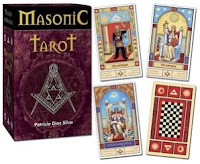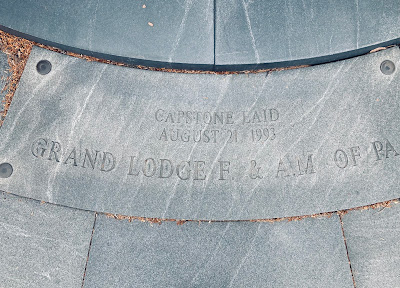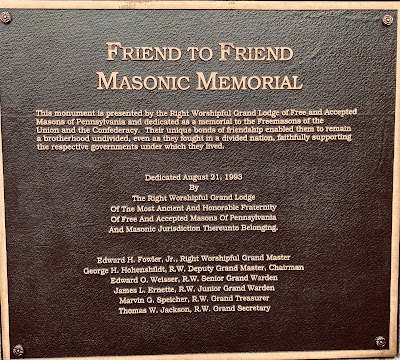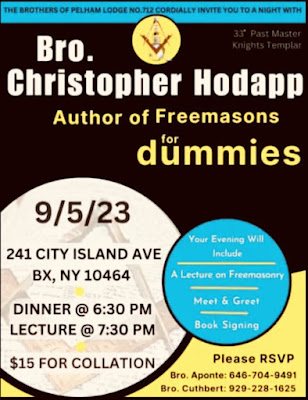According to the loathsome “United Nations,” today is International Day of Charity, so join me for a minute in the following discussion on Masonic charity. Obviously, there’s much that can be said, but I’ll skip the Rite of Destitution and the measured instructions to assist brethren, widows, and orphans, and I’ll challenge our orthodoxy on “giving to charity.”
You’ve heard it countless times: “Masons give $2 million a day to charity!” And there’s a high probability that you have repeated it yourself. From what I understand, that unquestioned figure is now $3 million. “Masons give $3 million a day to charity!”
Let’s be reasonable and think this over. That daily $3M factors to about $1.1 billion a year, so the implication is Freemasons in the United States annually dig into their pockets to that sum to help others, but I’m not buying it.
The $2M figure dates to mid twentieth century, when membership in America crested at four million in 1959–or, if not precisely then, it at least was from that era. Therefore it sounded plausible, believable, and logical enough to become the mantra we all came to know. However, today the nationwide membership is down 80 percent from 1959, and we are back in nineteenth century statistics with approximately 800,000 regular Master Masons in good standing—and that’s with inconsistent census-taking from grand lodge to grand lodge. Are 800,000 Master Masons donating $1.1 billion during Anno Lucis 6023?
Come on.
Due to the manipulations of the Internal Revenue Code of the United States—try deciphering those 6,900 pages!—the nature of charitable giving has been altered, forcibly, in recent decades, and today we have charitable corporations of the 501(c) variety. Some are big, like Shriners Hospitals for Children; some are modest, like your lodge’s square club’s charity fund. The square club’s checking account is where you find the actual cash from the pockets of Masons. The Shriners Hospitals, which always has been the engine that drove the “millions per day” claim, are endowed to the billions of dollars, and actually do not need the fraternity. The fraternity needs the hospitals to legitimize its existence. When the Ancient Arabic Order of Nobles of the Mystic Shrine inevitably ceases to exist, the hospitals corporation will change its name and carry on.
I remember about fifteen years ago the expert consultants retained by the hospitals’ trustees to identify potential improvements to the system advised closing two of the then twenty-two hospitals that had gone disconcerting time without treating any patients. The trustees said no, so the two hospitals remained open, spending millions each year to maintain empty beds, and padding the famous “millions a day” boast.
Plus there are many other 501(c)(3) institutions at work: other hospitals, clinics, and care providers; medical research centers; homes for the elderly (which admit people who have no connection to the Masonic fraternity, thanks to Medicare regulations); special education schools; scholarship foundations; and who knows what else among the fifty-one grand jurisdictions in the mainstream of the Masonic society in America.
Maybe in the aggregate, and thanks to inflation, the corporate expenditures plus the local giving might total that $1.1 billion. I don’t have time to obtain the IRS 990s of all Masonic charities great and small. I just think it should be understood that:
a) bragging about charitable giving is self-aggrandizing and wrong;
b) the boast itself is misleading (if not myth); and
c) the boasting has skewed the identity and purpose of Freemasonry in this country irrevocably.
So try to defeat the lazy habit of leaning on funds donated decades ago to fashion an identity for yourself as we approach the second quarter of the twenty-first century. This edition of The Magpie Mason is dedicated to the Right Worshipful Grand Lecturer of the Grand Lodge of Kansas. Earl and I had a chat on Faceypage three months ago, during which I asked if he could explain his “more than $3 million a day” claim.
“There’s something called Google that was invented three days ago,” he replied charitably. “You should learn how to use it.” Eleemosynary Earl then blocked me, so I can’t tell him the internet actually is very limited in practical use to a researcher.
I was a Scottish Rite Mason as a younger man, and worked my way East in the local Rose Croix chapter (even before I reached the East of my lodge). I leave you with a snippet of Rose Croix Degree ritual (as it existed in the NMJ twenty years ago) that followed a reading from Corinthians 1:
“Charity means more—much more—than the giving of alms. It is respect for the personality of others; it is pity for the suffering; it is a sincere fraternal regard for all men—of every race and creed.”
It’s also hard as hell, and bragging about money, real or imagined, devalues us all.










































































































